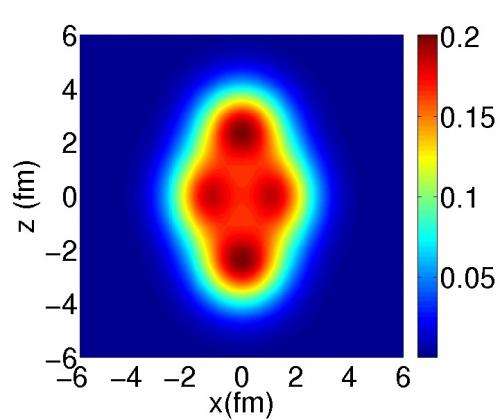Electrostatics
When electricity is in charge
Electrostatics
Background
...
Electrostatics
Electric Charge
... is fundamental
Once upon a time ...
Experimental basis of QM
Discovery of the X Ray and the Electron
Thomson's experiment -- electron charge to mass ratio (1897)
From T & R, p 86

J.J. Thomson showed that cathode-rays were charged particles by showing their deflection in magnetic/electric fields.
Furthermore, he managed to measure the charge to mass ratio of the electron.
Experimental basis of QM
Discovery of the X Ray and the Electron
Thomson's experiment -- electron charge to mass ratio (1897)
From T & R, p 86

Experimental basis of QM
Determination of the electron charge
Millikan's experiment -- electron charge (1911)
From T & R, p 89
Millikan suspended oil drops between two plates by changing the potential difference across the plates.

The equilibrium between the force of gravity and the electric force gave an estimate of the charge on the oil drop, in terms of its volume.
The volume was estimated from the terminal velocity.
Millikan found that the drops carried electric charge that was quantized!
The elementary charge, he found, was
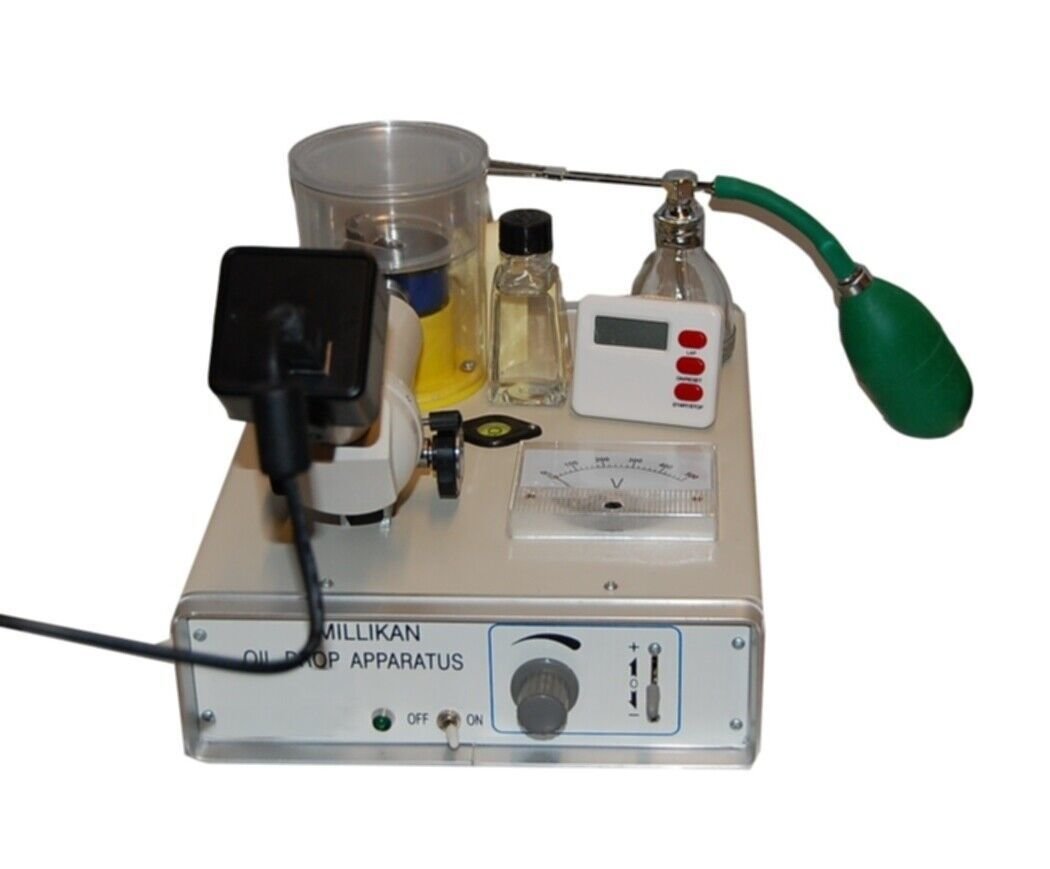
Experimental basis of QM
Determination of the electron charge
Millikan's experiment -- electron charge (1911)
Electrostatics
Electric Charge
... is fundamental
Once upon a time ...
The atomic nucleus
What lies within?
The variety of nuclei
Atomic Nucleus
Nucleons & their structure
Rutherford

Once upon a time ...
Atomic Nucleus
Nucleons & their structure
Discovery of the neutron (1932)



James Chadwick
Chadwick suggested the radiation was a neutral particle
of about the same mass as a proton.
Atomic Nucleus
Chart of the nuclides

The variety of nuclei
Atomic Nucleus
Chart of the nuclides

The variety of nuclei
Atomic Nucleus
Chart of the nuclides
The variety of nuclei
Atomic Nucleus
The variety of nuclei
Definitions
Isotope:
Atoms with same Z but different A
Nuclide:
A nuclear species with a given Z, N, and A
Isotone:
Atoms with same N but different A
Isobar:
Atoms with same A but different combination of Z and N

Atomic Nucleus
Size of the nucleus
Atomic nuclei are bound states of protons + neutrons
Probability density for the presence of neutrons and protons predicted for the neon-20 nucleus. It can be seen that this is not homogeneous: the neutrons and protons are distributed in clusters. © Jean-Paul Ebran/CEA
Nucleons & their structure

The spatial extension of a typical nucleus is ~ fm
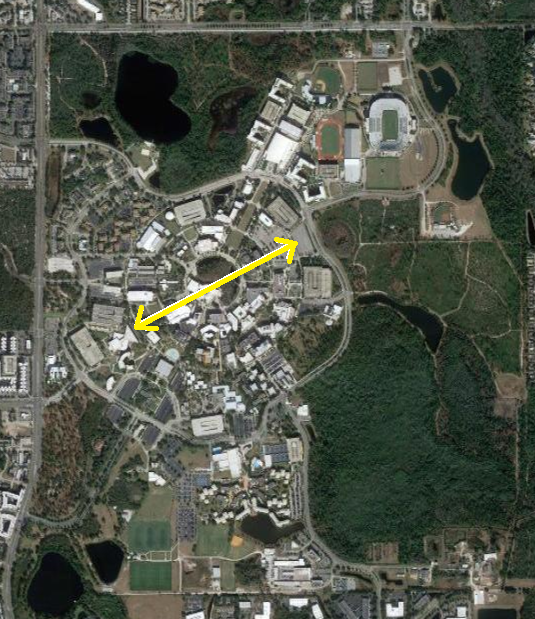
The comparative spatial extension of the atomic nucleus to the spatial extension of the electronic cloud in an atom is of the same order as the ratio of the size of your thumb compared to the size of UCF campus.
Atomic Nucleus
Underlying structure
Atomic nuclei are bound states of protons + neutrons
Probability density for the presence of neutrons and protons predicted for the neon-20 nucleus. It can be seen that this is not homogeneous: the neutrons and protons are distributed in clusters. © Jean-Paul Ebran/CEA
protons & neutrons
have internal structure
Nucleons & their structure
proton



neutron



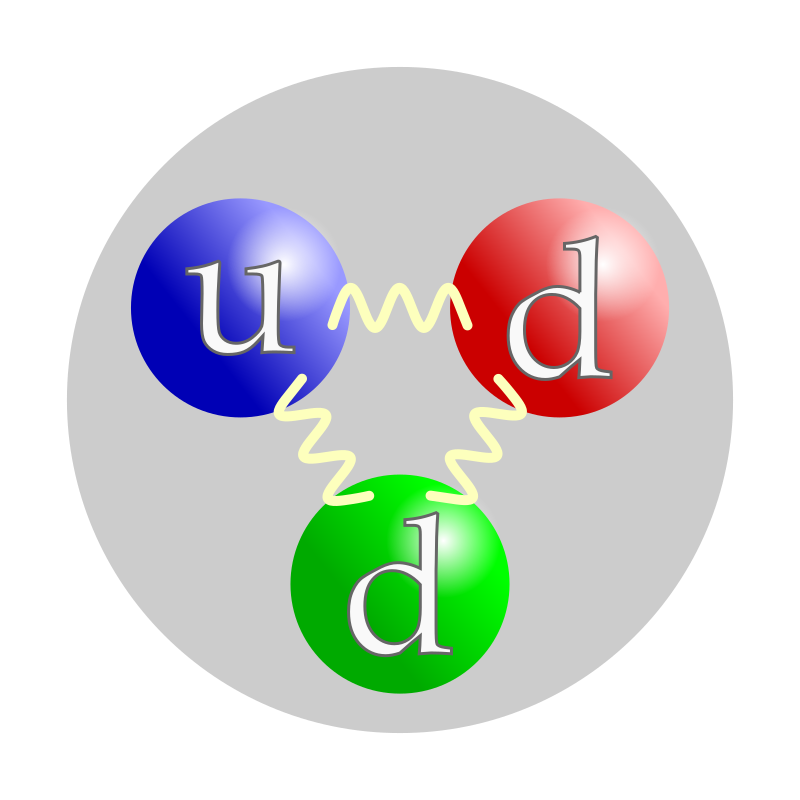

Atomic Nucleus
Underlying structure


of Elementary Particles





Nucleons & their structure
Electrostatics
The Electric Charge
... is fundamental
Electrostatics
Electric Charge
TL;DR
- Electric Charge is an intrinsic property of matter.
- Electric Charge is quantized (i.e. manifests in nature in integer multiples of the elementary charge:
- We have identified two types of charge -- ka positive and negative.
- "Ordinary" matter is made up of atoms, who are themselves made up of protons, neutrons, and electrons.
- Neutral objects have equal number of protons and electrons. (neutral does not mean without charge.)
Electrostatics
Electric Charge
The Net Electric Charge
- Each Proton has a net charge of +e
- Each Electron has a net charge of -e
- Objects are charged by losing or gaining electrons.
- Every ordinary object will carry a net charge that depends on the difference between the number of protons and electrons:
- Thus, an object will be negatively charged if it carries an excess of electrons, while a deficiency of electrons results in an overall positive net charge.
Electrostatics
Electric Charge
Charge Distributions
Linear Charge Density
Surface Charge Density
Volume Charge Density
Electrostatics
Electric Charge
Point Charge
Charge distribution A
Charge distribution B
What do we mean by point charges?
Electrostatics
Electric Charge
Di-pole
What is an electric dipole?

Two equal but opposite charges separated by a small distance.
The electric dipole moment p is a vector whose direction is from -q to +q and whose magnitude is given by p=qd
Electrostatics
The influence & interaction of electric charges
Overview
Electrostatics
The influence & interaction of electric charges
The Cast
electric charge
electric charge influences
interaction between charges
Physical Quantities
Electrostatics
The influence & interaction of electric charges
The Cast
recurring roles
Electrostatics
The influence & interaction of electric charges
The Cast
charge
influence
interaction
Physical Quantities
recurring roles
Parameters
Electrostatics
The influence & interaction of electric charges
The Cast
influence
interaction
Relationship Map
Electrostatics
The influence & interaction of electric charges
The Cast
influence
interaction
Physical Quantities
Electrostatics
The influence & interaction of electric charges
The Cast
influence
interaction
gravity
electricity
implement toggle
Electrostatics
The influence of electric charges
The Electric Potential
Electrostatics
The Electric Potential
Learning Outcomes

Learn how to:
Calculate the electric potential at a given point in space due to
- a configuration of point charges.
- a "continuous" distribution of electric charges.
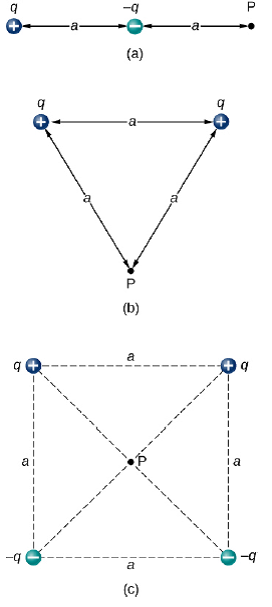
Electrostatics
The Electric Potential
Conceptual overview
Electric Charges have an influence in their vicinity that we call the Electric Potential.
imagine a hypothetical glow that depends on the charge distribution --
shape, sign, magnitude, ...
Electrostatics
The Electric Potential
Conceptual overview
The Electric Potential due to some point charge is proportional to the magnitude of that charge.


The Electric Potential due to some electric charge is ...
The Electric Potential at some location due to some electric charge depends on the material(s) in the region(s) separating the charge and the measurement location.


inversely proportional to the distance from that charge.
Electrostatics
The Electric Potential
Point-charge
Electrostatics
The Electric Potential
Point-charge
Visualizingthe Electric Potential from a point-charge (3D)
Electrostatics
The Electric Potential
Point-charge
Visualizingthe Electric Potential from a point-charge (2D)
Electrostatics
The Electric Potential
Point-charge
Visualizingthe Electric Potential from a point-charge (1D)
Electrostatics
The Electric Potential
Conceptual overview
The Potential "landscape"
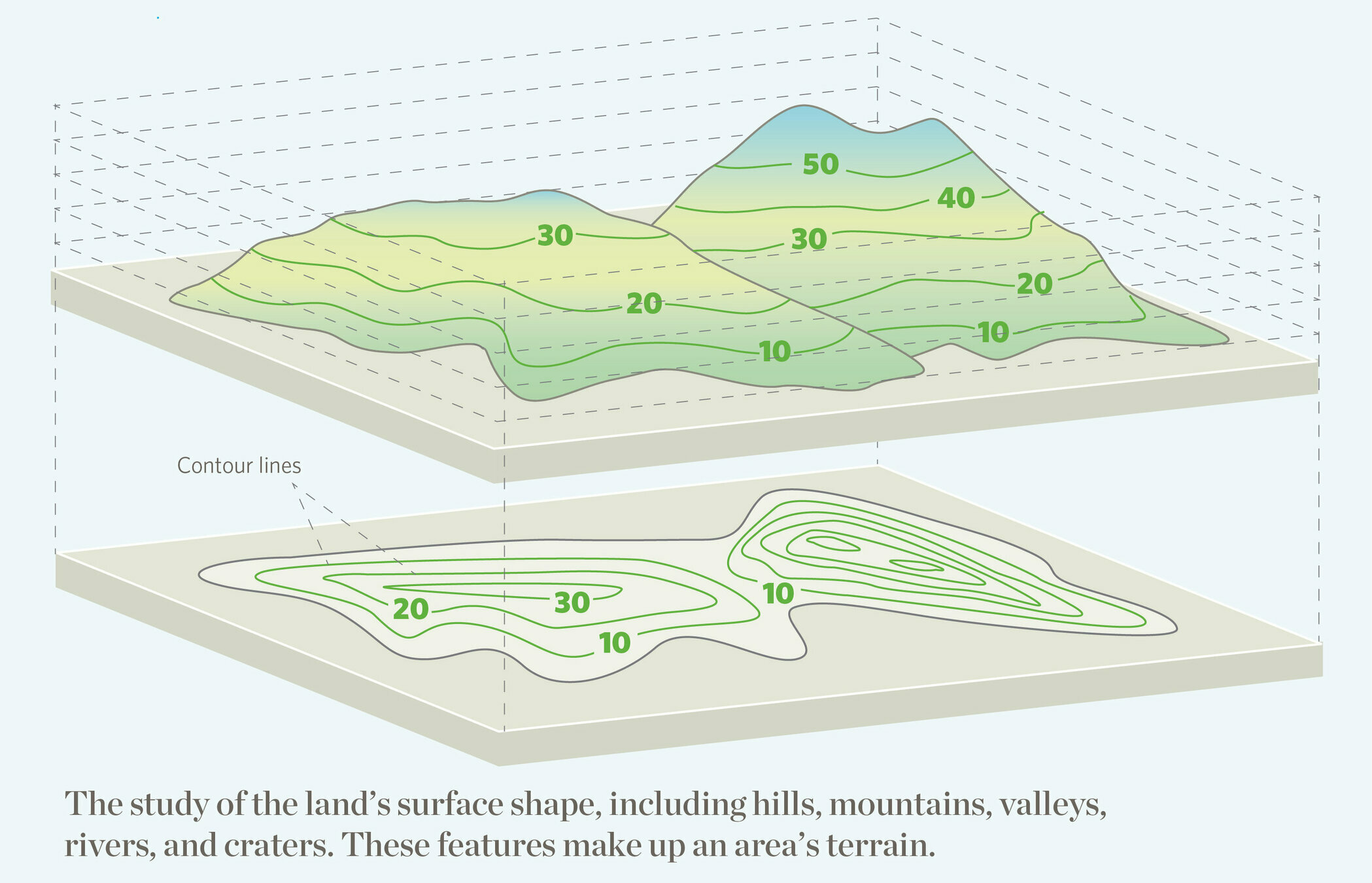
Electrostatics
The Electric Potential
Equipotential Surfaces
Equipotential
Electrostatics
The Electric Potential
Multiple point charges
Electrostatics
The Electric Potential
Multiple point charges
Electrostatics
The Electric Potential
The Electric Potential Difference (aka Voltage)



ANALOG VOLTMETER
Electrostatics
The Electric Potential
The Electric Potential Difference (aka Voltage)
Electrostatics
The influence of electric charges
The Electric Field
Electrostatics
The Electric Field
Conceptual overview
The Potential "landscape"

Electrostatics
The influence of electric charges
Electric Force
Electrostatics
The Electric Force
Coulomb's Law
Phenomenological approach
Summary of evidence from observations:
*Like charges repel, unlike attract
For point charges:
*Changing either charge changes the force proportionally. (e.g. doubling either charge doubles the force)
*The force decreases as the distance between the charges increase, and vice versa.
*The force changes quadratically with the distance (e.g. halving the distance quadruples the force)
Electrostatics
The Electric Force
Coulomb's Law
Electrostatics
The Electric Force
Coulomb's Law -- direction information
Electrostatics
The Electric Force
Coulomb's Law -- attraction & repulsion
Electrostatics
The Electric Force
Coulomb's Law
For a given configuration of point charges
Electrostatics
The Electric Force
Coulomb's Law
The interaction can be described in terms of force-pairs
Electrostatics
The Electric Force
Coulomb's Law
The net electric force on a charge of interest is the vector sum of all the electric forces acting on it.

